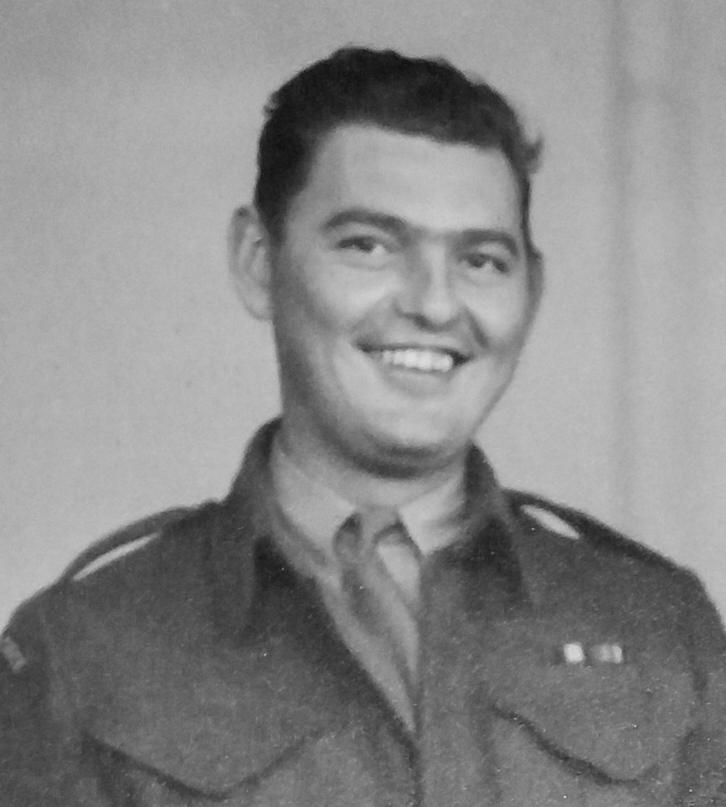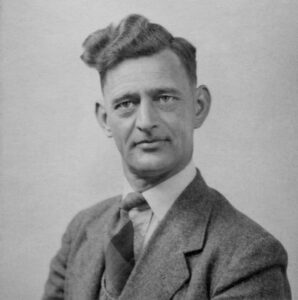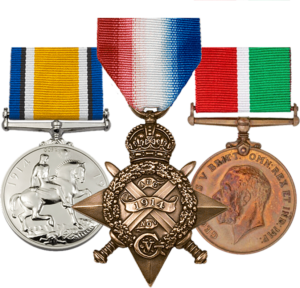Herbert joined the army in 1940 and was posted to the 18th Battalion, Reconnaissance Corps with service number 4132904. Created in January 1941, the role of the Corps was to probe ahead and to the sides of the main advance to gather vital tactical information. Recruits were required to take an IQ and other tests before being accepted. Many failed and were sent to normal infantry battalions, but those who succeeded enjoyed the kudos of belonging to an elite unit and were determined to prove their own worth. Before beginning training with his unit, each man undertook a five-week course with technical units, which determined his role as a driver, wireless operator, or mechanic. Most recce men became efficient in two of these roles. Training put an emphasis on both aggressiveness and initiative, as these were the characteristics expected of the men selected for such units.
Reconnaissance regiments were organised into scout troops and an assault troop. Scout troops were equipped with Bren Gun Carriers and light reconnaissance cars, such as the Humber Light Reconnaissance Car. The assault troops were composed of lorried infantry and were called up when enemy resistance needed to be overcome.
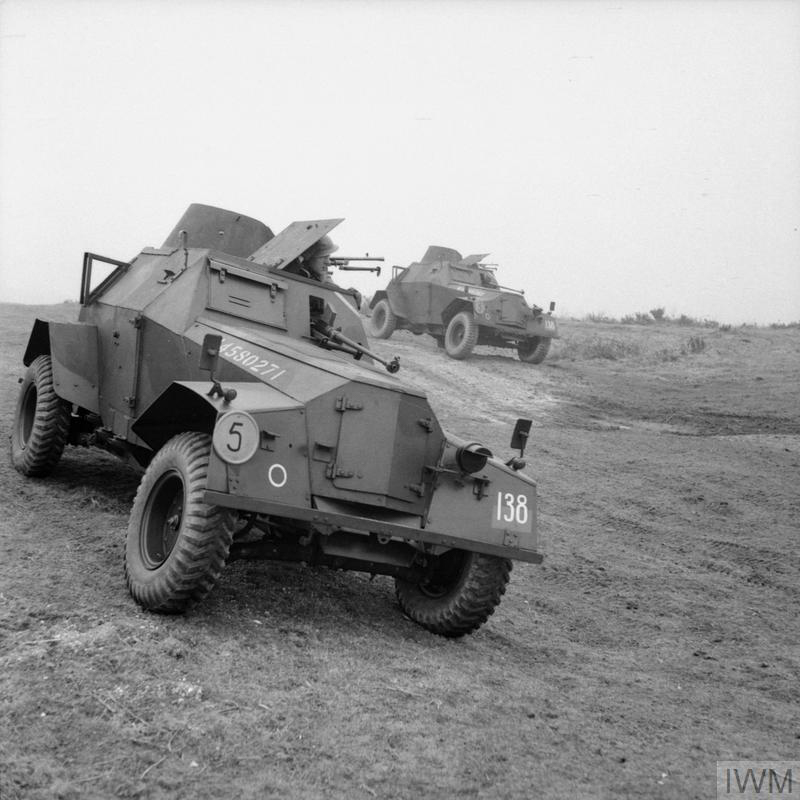
A long journey
Herbert’s 18th Battalion was the first Recce Corps unit to see action. Following inspection by the King on 22 October 1941, the battalion sailed to Halifax, Nova Scotia in Canada where they transferred to the US Army transport Leonard Wood and sailed in a convoy protected by the aircraft carrier USS Ranger. By 19 November they had reached Trinidad, but Leonard Wood began to fall behind due to damage suffered in a collision the day before. Cape Town was reached on 9 December where, thirteen days later, the battalion learned that its destination was Bombay. It finally reached India on 27 December and disembarked on the last day of 1941 to move to Ahmednagar.
As the situation in the Pacific rapidly deteriorated following the Japanese invasion of Malaya, 18 Recce was quickly sent to Singapore where it arrived on 5 February. As the transport ships approached the port on this glorious sunny morning, it was heavily attacked by Japanese dive-bombers during which the Empress of Asia – carrying most of the heavy equipment – was sunk. 18 Recce hastily re-equipped as an infantry battalion and moved into the northern sector of the defences of Singapore Island.
The British commander, General Arthur Percival, considered the village of Bukit Timah key to his defence and on 10 February ordered 18th Division to form an ad hoc force to occupy it. Japanese tanks were attacking the village, and it was in flames. 18 Recce was sent forwards, but the position had been lost by midnight. It attacked again the next day, but the Japanese forces were too strong, and it was driven back. The battalion continued to hold its positions and carried out counterattacks until the surrender of the whole British force in Singapore on 18 February. 18 Recce had suffered 55 officers and men killed.
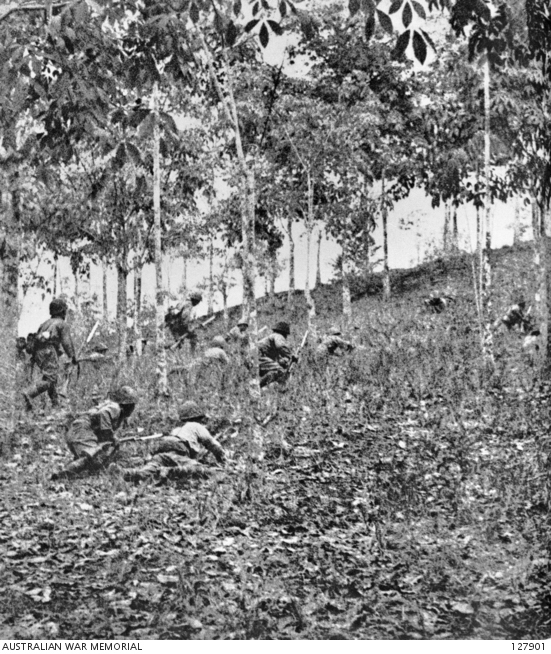
Life in captivity
Herbert was to spend the next three and a half years in captivity. The officers and men of 18 Recce were imprisoned in a camp at Changi until November 1942 (probably Malai).
Herbert was then moved to Heito (Camp #3) in the south of Taiwan. The men were used as slave labour to pick rocks and stones from a vast area of an old, dried river-bottom so that the land could be made ready to plant sugar cane. It was back-breaking work with the POWs working from early morning to late afternoon in the blazing hot tropical sun. The rocks and stones were picked by hand using woven bamboo baskets. The baskets were then carried to one of the nearby railroad sidings and emptied into hopper cars.
At some point Herbert was moved to Kinkaseki (Camp #1) near the village of Jinguashi on the northeast coast of Taiwan. The first POWs arrived on 14 November 1942, and eventually over 1,100 Allied POWs were imprisoned here over the next three years. The men were forced to work as slaves in the dark depths of the largest copper mine in the Japanese Empire. Each day they marched up the hill behind the prison camp and down the other side of the mountain to enter the mine, before another 1.5 km walk to the face – a huge effort considering their poor physical condition. They worked deep in the mine in places so hot and dangerous that the local miners refused to go there.
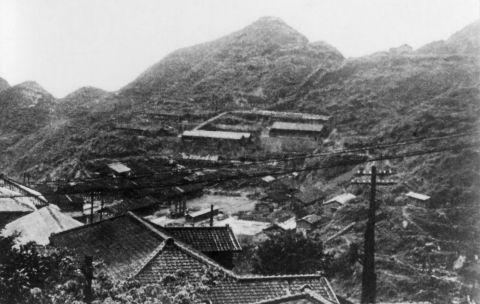
Conditions in these camps were just as bad than that experienced by those working on the Death Railway in Burma and Thailand. Insufficient food and poor hygiene led to outbreaks of disease and ailments including malaria, dysentery, diphtheria, pellagra, beriberi, ulcers, and pneumonia. If the men failed to reach their daily quota for rocks moved or coal mined, then beatings would follow at the end of the shift. Many men died in the camp and when others became too weak to work, they were moved out to other camps and replaced by fitter men.
Herbert was transported to the new Fukuoka Camp #24 at Senryu on the Japanese mainland by the ship Taiko Maru between 27 February and 10 March 1945. They joined Australian and American prisoners being used as slaves for the Sumitomo Coal Mining Company. Conditions were much better with comfortable huts and only petty harassment by the guards. Herbert was liberated on 2 September 1945 and returned home.
Units
- 18th Battalion, Reconnaissance Corps (1941-1945)
Medals



